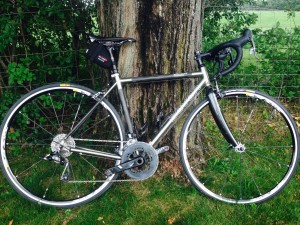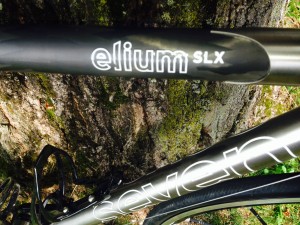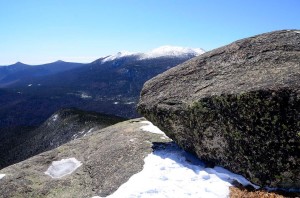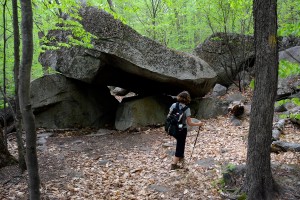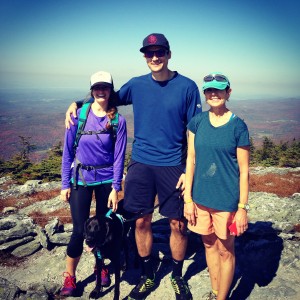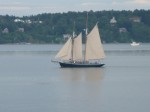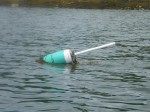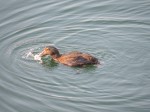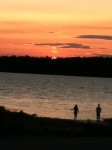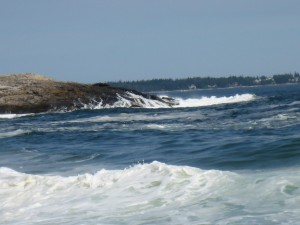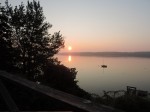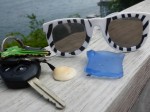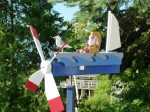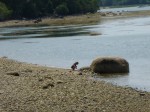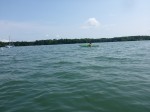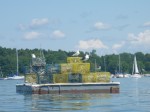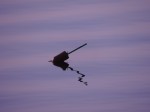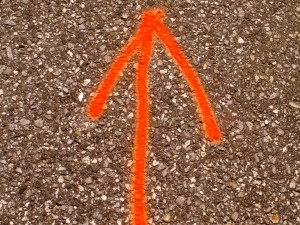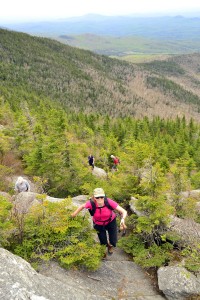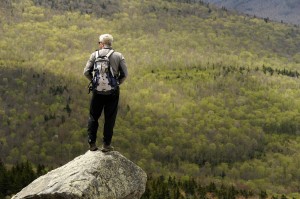Older athletes smash theories of the unavoidable degeneration and debilitation of aging. Are fit and even competitive seniors freaks or the answer to the growing health care crisis?
Who is an older athlete? According to research, the body begins to decline after the age of 35. Theories abound about the impact of genetics, (“I’ve just got good genes”), attitude, body type and socioeconomic level. Most theories are just that and fail to test conclusively. There are increasing exceptions.
With contemporary medical advances, if you are over 50, barring disabling disease or accident, you probably anticipate living longer than your ancestors. Living longer is fine if those latter years are years of physical, mental and emotional functional capability.
Perhaps Baby Boomers continue to challenge traditional expectations. As Baby Boomers age, they want to thrive. Furthermore, many are taking deliberate and educated steps in that direction. Though Kathleen Norris was not writing about physical fitness, her one-liner in “The Cloister Walk” is on the mark: “…the place of the very old is to teach about possibility.”
Given a clean bill of health and the time to dedicate to fitness, even competitive performance, with education, guidance, goals and plans to reach those goals, seniors are creating their own level playing field and working towards excellence previously unthought-of.
Often strength, speed and endurance gains are made relative to the age appropriate conditioning of the individual. But just as often masters’ performance challenges younger athletes.
Common knowledge has long been that as you age, mental and physical abilities decline: muscle mass is lost, bones thin and weaken, body fat increases. Muscle atrophy in seniors over age 75 may reach as much as 15% per decade. Not good news.
Much of that research, however, has been done on sedentary seniors. For example, in a recent study of highly functioning athletes from 40-81 years, individuals who ran, biked or swam four to five times weekly, it was determined that it is not aging, in and of itself, that causes the decline in strength and performance, but lack of use. The authors suggest that if more individuals stress their muscles and remain active as they age, the loss of physical capabilities and independence could be thwarted. (Wroblewski, A., et. al. “Chronic Exercise Preserves Lean Muscle Mass in MastersAthletes”, The Physician and Sportsmedicine.
While some experts warn that “pushing” to reach higher levels of performance is not only inappropriate but harmful, many others urge the inclusion of exercise in daily life. But it’s more than that. Yes, choosing to walk whenever possible, joining fitness classes, practicing flexibility and balance exercises and doing so on a regular basis are recognized as integral to protecting one’s health.
Take this a step beyond adequate activity into excellence it may be because of, rather than in spite of, maturity that the older athlete achieves. Is it because masters are those who have logged more miles or gained more competitive experience, are mature in their sport? Are older athletes those whose children are grown leaving them with more time and more resources? Looking hard and fast at the second half of one’s life may act as a wake-up call that summons the executive, retiree, or couch potato to a new enthusiasm for mobility or sports. Taking seriously the threat of a reduction in lifestyle and enjoyment puts teeth into the desire to move.
We know, or have watched, seniors outwit and outperform their younger competitors with skill and tactics that trump youth’s raw energy.
To achieve success in the areas of fitness and performance, as in all other aspects of life, there needs to be a plan, a means, education and training. Diligence is required as well as effort. Here one must think in terms of hours of exercise or training, not minutes; days and weeks and months, not just once in awhile; regular not random.
OLGA KOTELKO. June 25, 2014. www.globeandmail.com: “During her long, remarkable life, Olga Kotelko lived through a rugged farm childhood, an unhappy marriage, single parenthood and a long career as a beloved school teacher. Then, the Vancouver resident gained world fame as a track and field athlete, competing well into her 80s and 90s. Ms. Kotelko, who was hailed as one of Canada’s most accomplished athletes and held 26 world records in her age category, died Tuesday. She was 95.”
Think about that. Here was a woman who grew up on a family farm with physical work as normal daily existence. Later a school teacher and single parent, at a time where single parents were unusual, Kotelko attracted attention by her seemingly unlimited energy.
Later as an unassuming athlete who couldn’t understand what all the fuss was about, she was tested and studied to see what was working for her. Just weeks before her death she was still competing.
Her sports were: long jump, triple jump, shot put, discus, javelin, weight throw and various sprint distances all with multiple victories and records. In her 80s and 90s these were her sports. Think about that. Yes, endurance sports are understandable: putting one foot in front of another, one pedal stroke after another, one sweep of the oar after another; but power and speed? Kotelko’s athletic career, one begun late in life, demonstrates her modest claim that it is all about “moderation, exercise and a positive attitude… DNA, choices and exploration of opportunities.” “What Makes Olga Run?: The Mystery of the 90-Something Track Star and What She Can Teach Us About Living Longer, Happier Lives,” by Bruce Grierson, (January 14, 2014, Publisher: Henry Holt and Co.)
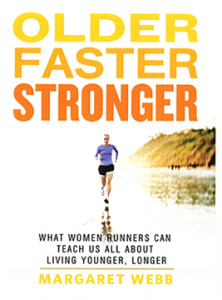
www.http://margaretwebb.com
MARGARET WEBB. Webb’s story has universal appeal. It is not gender specific nor is it about those singularly athletic or sedentary. Older, Faster, Stronger, What Women Runners Can Teach Us All About Living Younger, Longer, By Margaret Webb, (Rodale, 2014) is a story of hope, an offering of optimism. Webb presents the reader with the bad and the ugly: aging means more injuries, less lung and cardiovascular capability, loss of balance, coordination and flexibility, the nasty stuff about bone density, lean muscle mass and stored body fat. But then she debunks these as inevitable consequences of advancing years and chases her thesis that you can become even stronger and faster with advancing years.
With the help of her partner, sister, mom and a stable full of mentors and teachers, Webb employs every tool she can find from VO2Max testing to nutrition, heart rate training zones to yoga, strength to sports psychology. She loses weight, gives up cigarettes and booze, subjects herself to uncomfortable assessments and diligently follows her training plans.
Webb seeks advice, then takes it, practicing goal-setting, self-monitoring and celebration. She urges the reader to “find joy” in the pursuit. “Whatever limit you encounter, keep pushing against it,” Webb writes. “By doing this, you will have found, like many masters athletes have, a way to reach deep inside yourself, grasp the hands of your biological clock, and slow it’s forward rush.”
Webb suggests that those who did not participate in sports in their younger years may come to them with fresh legs, patience, a willingness to practice recovery as they strive to compete and then surprise themselves by the motivation that competition ignites. She tests, proves and further develops her findings.
There is much to be said about growing older with health and strength, stability and balance, grace and power, adaptation and potential, faith and optimism. What happens next, when the talking is done? Will identity be defined by the doing? That remains to be seen.
CONSIDER THESE ATHLETES GOING STRONG and LONG:
Jacinto Bonilla age 74, CrossFit competitor
Sister Madonna (“Iron Nun”) age 83, Ironman
Paul Tetrick age 83, Time Trial competitor, Cycling
Pat Gallant-Charette age 63, distance swimmer (a newbie having begun only 15 years ago), plans 2015 Great Brittain to Ireland and 2016 a repeat of the Cook Strait to right her failed attempt.
Louis Self age 73, Kiteboarding competitor
Steve Rounds age 85, 2014 World Indoor Rowoing Championship, “won his age group” but also set a world record
Tao Porchon-Lynch age 95, Yoga
Yuichiro Miura age 80, Mountaineering. May 2013 oldest climber to summit Mt. Everest
Arthur Webb age 72, Ultramarathoner, Finished Badwater 15 times since he turned 58
Jaring Timmerman, swimmer, only person ever o compete in 105-109 age group
Chuck Norris age 74, Martial Arts
(www.dailyburn.com)
Whose name can you add to this list? Your own? A relative, neighbor, friend?



